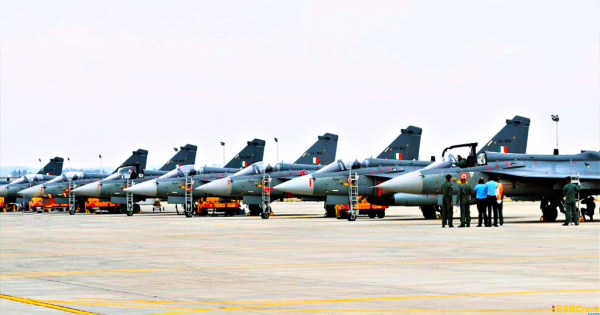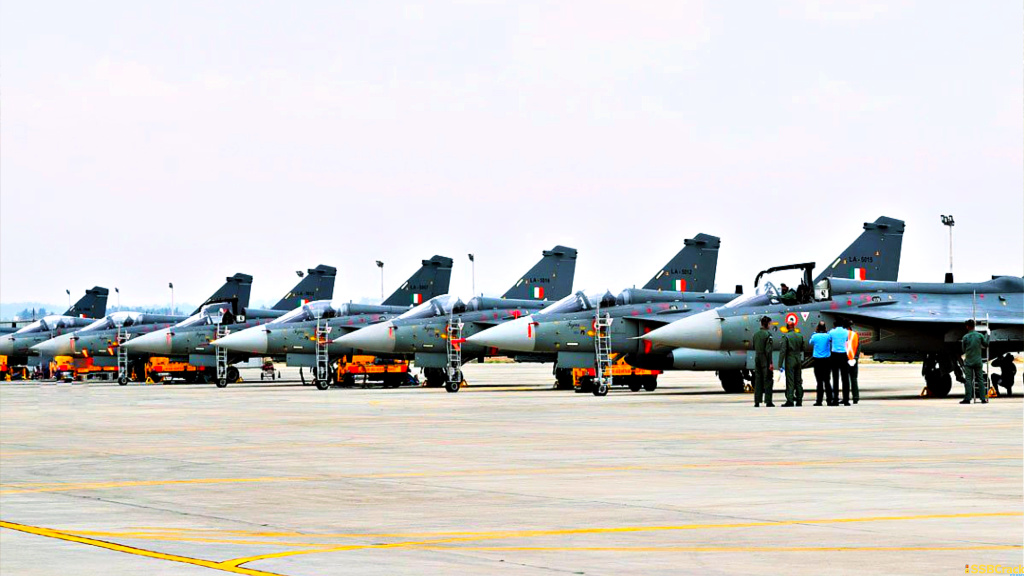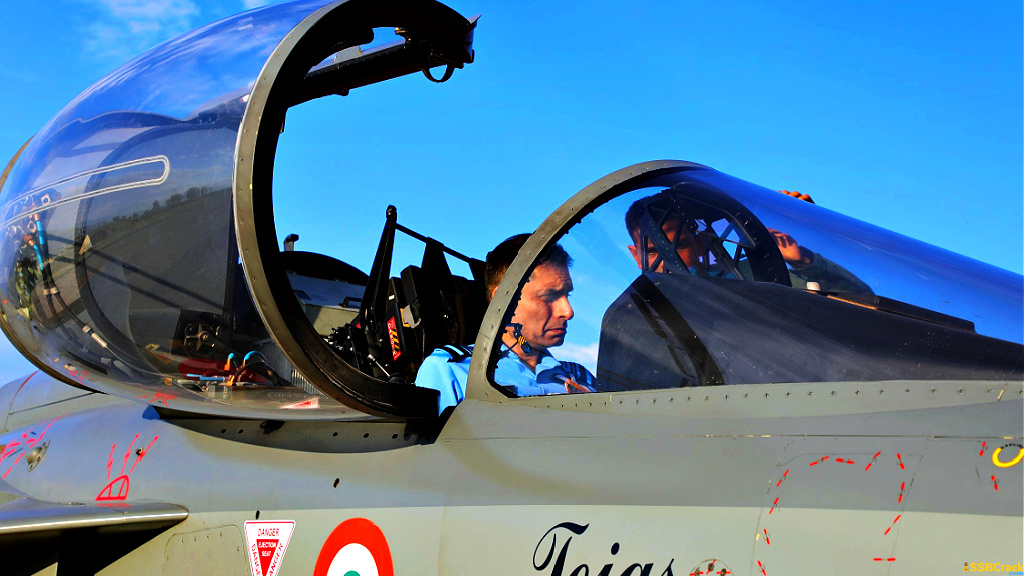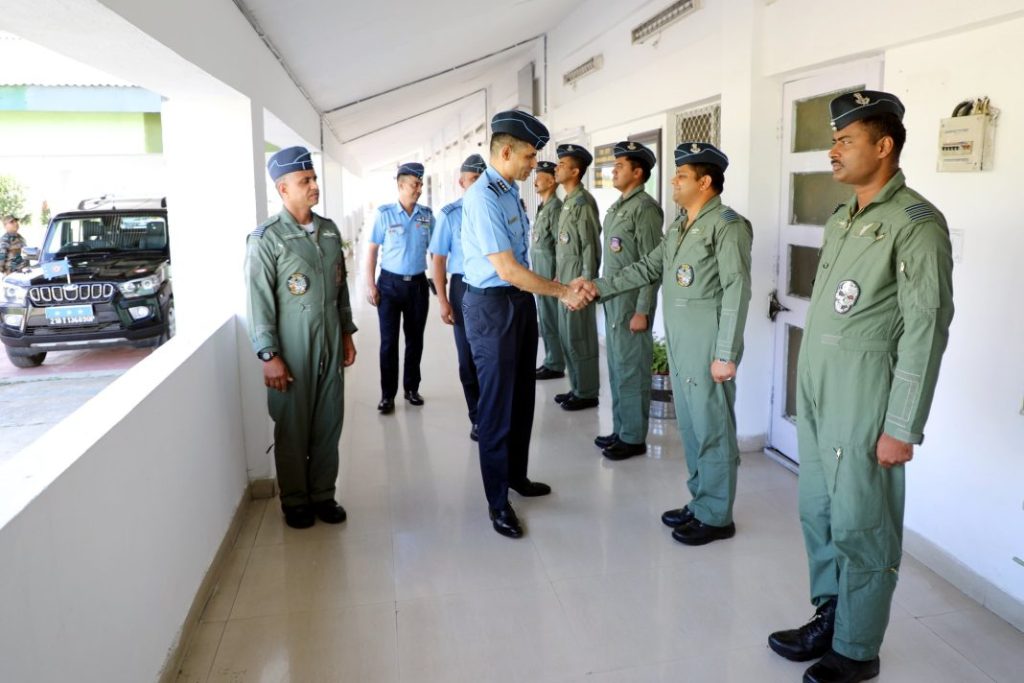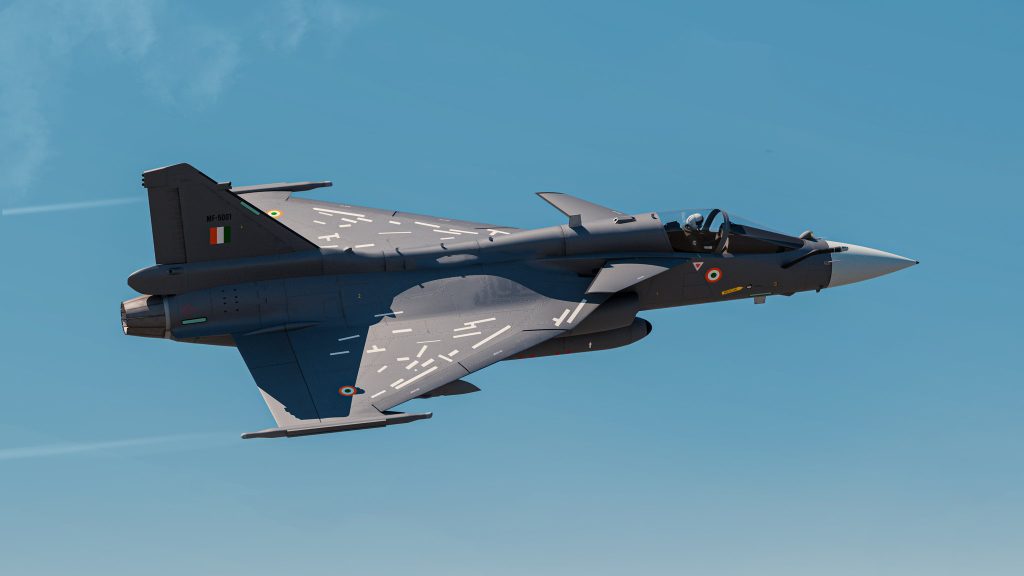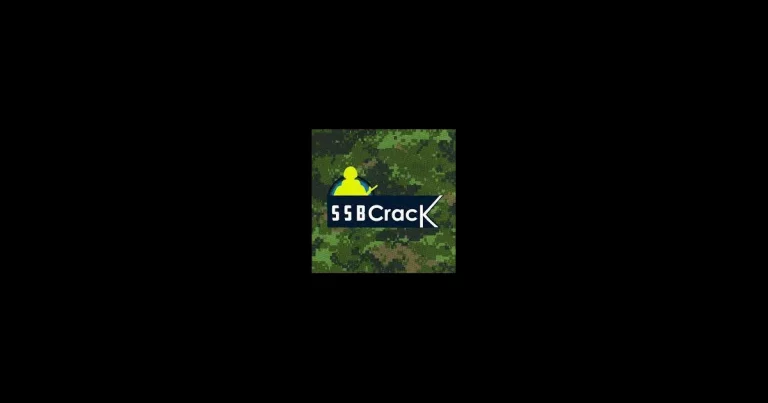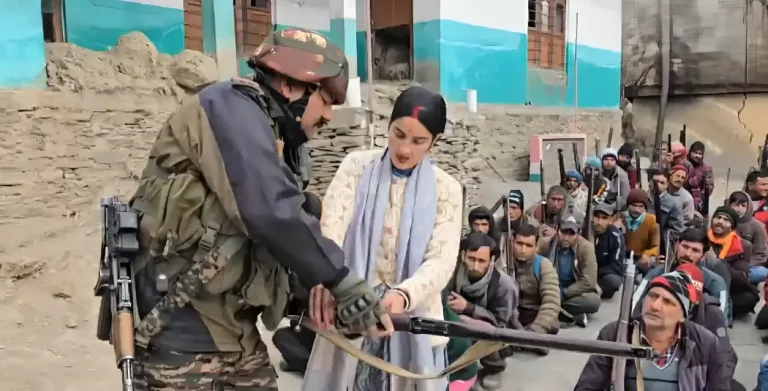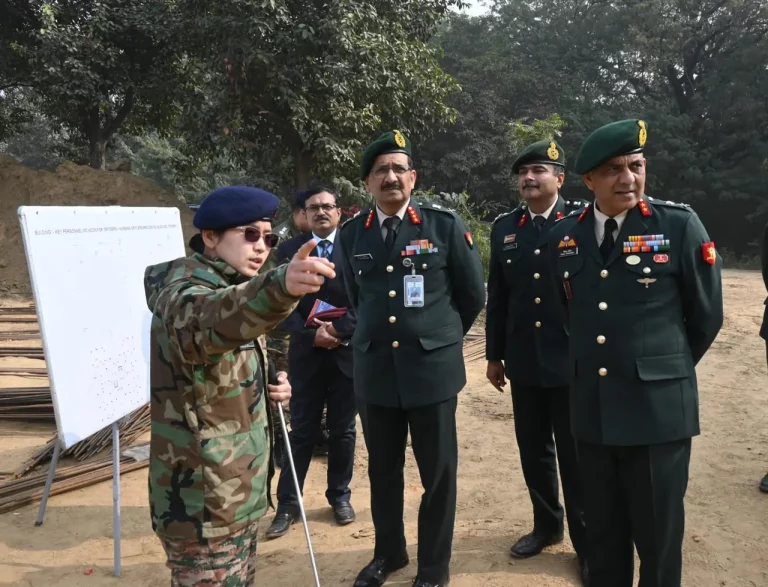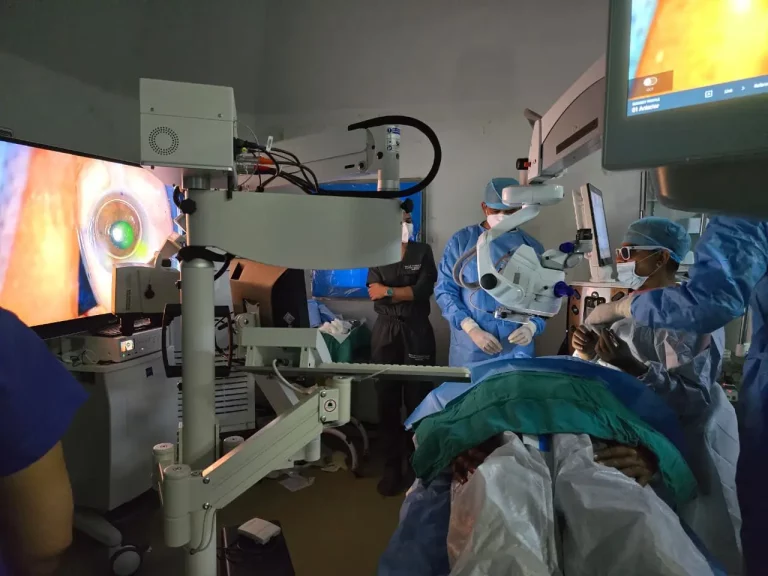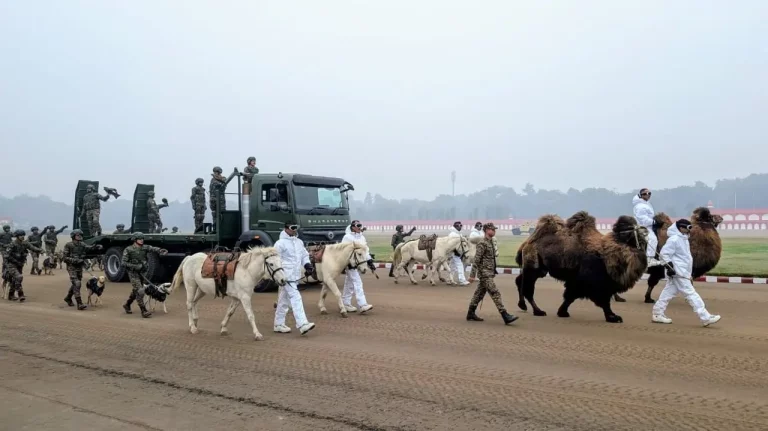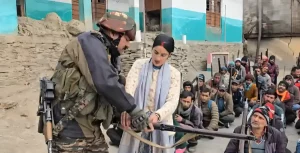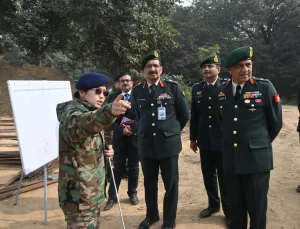India is expanding the operational range of its indigenously developed ‘TEJAS’ Light Combat Aircraft (LCA), shifting it from a regional to a national plan. The goal of this expansion is to make the TEJAS combat jet a key component of the country’s air force, increasing its capacity to deal with possible threats from Pakistan and China.
India Deploys Tejas Aircraft To Counter Pakistan And China
While the final decision to post TEJAS squadrons at fighter air stations near India’s borders with Pakistan and China is still pending, the Indian Air Force (IAF) has already taken preliminary preparations. Currently, the IAF is reassigning the existing two TEJAS squadrons to forward air bases near the western and northern borders on a temporary basis. This method was recently demonstrated when a squadron was stationed for training purposes in Awantipur, Jammu & Kashmir.
Also read: LCA Tejas To Form Mainstay Of Indian Air Force
“These detachments are taking place across the country, particularly at forward air bases.” “The purpose of these detachments is to familiarise pilots and ground staff with operations from these air bases and to provide them with experience operating from these locations, with an eye towards possible future permanent deployment,” an IAF officer told Eurasian Times. He refused to be identified, citing rules.
“The squadrons are actively deployed in these forward air bases, and pilots and ground staff are trained to operate from the new terrain.” “This is being done with an eye towards the future, when the TEJAS may need to operate from these air bases in the country’s north and northeast,” the officer explained.
Also read: How are MiG-29 Jets Helping Indian Air Force after TEJAS Program Delay?
Air bases may also need to be prepared to deploy these aircraft in the future, therefore providing them with TEJAS squadron experience becomes vital. Hindustan Aeronautics Limited (HAL), the state-owned aircraft manufacturer, plans to develop 83 TEJAS MK-1A variants, including ten trainers, with deliveries projected to be finished by 2029. HAL’s supply schedule calls for three aircraft in 2024.
New Production Line of LCA Tejas
A third production line is being built at HAL’s Bangalore factory, with the goal of eventually producing eight aircraft per year, adding to the production of 24 TEJAS MK-1s. Once the 83 TEJAS MK-1As are inducted, they will be assigned to at least four Indian Air Force (IAF) fighter squadrons. With the two existing TEJAS squadrons at the Sulur air station near Coimbatore in Tamil Nadu, India is on pace to operate a total of six TEJAS squadrons in the near future. This equates to one-seventh of the IAF’s sanctioned 42 fighter units.
Following that, plans are in place for six more squadrons to be equipped with the more modern TEJAS MK-2. As a result of these developments, TEJAS would contribute around one-fourth of the total sanctioned squadron. The IAF is currently flying a variety of combat aircraft models, including the MiG-21, MiG-29, Jaguar, Mirage-2000, Su-30MKI, and Rafale, and is on track to phase out ageing jets such as the MiG-21 and, later, the MiG-29, while inducting the TEJAS fleet to improve its capabilities.
Tejas: Mainstay of Indian Air Force
TEJAS aircraft are set to become a cornerstone of the Indian Air Force’s (IAF) future aircraft inventory, with their operational importance projected to grow as the squadron count grows. India’s use of the TEJAS is expected to last almost three decades, securing its place in the country’s fighter fleet for an extended period of time.
This steadfast commitment emphasises the need for the TEJAS fleet to raise its performance standards. It is expected that the aircraft would be called into active duty in real-world combat scenarios as border tensions with both Pakistan and China escalate in the coming years.
As these geopolitical disputes develop, TEJAS will almost certainly face direct confrontations. It might compete with Pakistan’s Lockheed Martin-built F-16 fighter jets and the China-Pakistan partnership JF-17. Furthermore, in future clashes along the Chinese border, TEJAS may be forced to battle for airspace with the J-20.
To crack the SSB Interview and join the Indian Armed Forces as an Officer, You can join our SSB interview live classes batch and we recommend you to Enroll SSB INTERVIEW ONLINE COURSE. Trusted by thousands of defence aspirants.
Also read:
